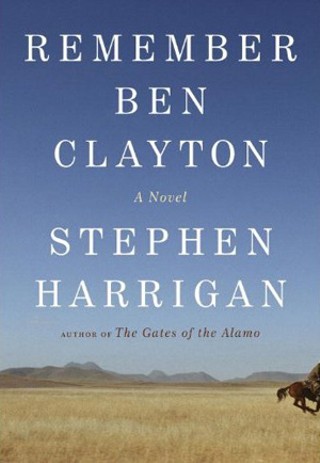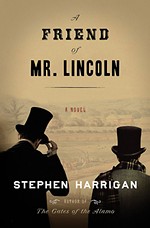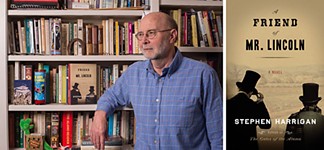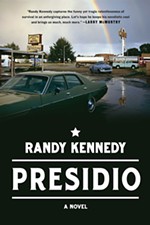Book Review: Read Local!
Summer books by Austin authors
Reviewed by Michael King, Fri., May 27, 2011

Remember Ben Clayton
by Stephen HarriganKnopf, 352 pp., $26.95
Near the center of his new novel, Stephen Harrigan plants a summary theory of art in the mind of the book's central protagonist, Francis "Gil" Gilheaney, a sculptor of historical monuments. Gilheaney reflects on "what a statue was supposed to be – a work that was about its subject and not about itself." And on one level, Remember Ben Clayton, with its hortatory title, is exactly that: a classical historical novel about Gilheaney's attempt to realize in bronze his last great commission, that of a young man raised on a West Texas ranch, killed in World War I, and now to be memorialized by a grieving and regret-filled father.
But a book that features prominently the wanton destruction of another monument by a racist lynch mob, that spends much of its narrative considering the conceptual and physical challenges embodied in great art, and that is dramatized against both an unforgiving Texas landscape and the terrible destruction of the First World War, cannot help but be also "about itself" – about both the grand ambitions and the limitations of the greatest of art. That Harrigan should do all this in a narrative form that seems closer to the 19th century than the 21st reflects the ambivalence of the book's period – just after the Great War when the old ways seemed dead but what might replace them remained very unclear.
As in The Gates of the Alamo (2000), Harrigan works on a broad canvas. The book opens in an epic French infantry battle and segues to an Omaha, Neb., race riot and shifts from grinding ranch work to the increasingly "modern" urban scenes of Twenties San Antonio, New York, and Paris. Its elders are the patriarchs Gilheaney and Lamar Clayton, Ben's father, each grappling with his own demons; the younger generation includes Ben and his wounded comrade-in-arms, Arthur Fry, as well as Maureen, Gilheaney's talented but overshadowed daughter. (There's also an extended cameo for a philandering Austin professor wryly based on J. Frank Dobie.) Lying behind the Texas narrative are the bloody remnants of the Indian Wars, fresh enough to reach directly into the lives of the next generation and to provide a mirror to the carnage just concluded in Europe.
Harrigan has thought much about the importance of art and particularly of sculpture, and his novel aspires to a monumental permanence that would outlast time, barbarism, and war. That it's an inevitably futile ambition does not make it less worthy, especially when done well.












